Navigating New Terrain: Federal Circuit Changes Rules On Design Patent Infringement
As a firm deeply invested in intellectual property law, we find it fascinating when a legal pivot challenges us to revisit our norms. The Federal Circuit’s recent decision in Columbia Sportswear North America, Inc. v. Seirus Innovative Accessories, Inc., commonly known as Columbia II, did just that. This game-changing ruling compels design patent owners, and indeed, all parties interested in IP, to adjust their sails.
The Context: A Quick Look Back
Columbia Sportswear accused Seirus of infringing their US Design Patent No. D657,093 (the D’093 patent), which dealt with heat-reflective material for gloves and other apparel. The decade-long legal battle went back and forth, but what captured everyone’s attention was the Federal Circuit's focus on the role of prior art in determining design patent infringement.
Prior art, for the uninitiated, is basically the body of existing knowledge that is considered when determining the novelty of a new invention. In design patent infringement cases, an "ordinary observer" test is often applied to check if the accused design is "substantially similar" to the claimed design. Here, a comparison of prior art serves as a sort of measuring stick for similarities and differences between the accused and the claimed designs.
The Twist: What Changed?
The Federal Circuit introduced a vital nuance: to qualify as comparison prior art, the prior-art design must be applied to the same article of manufacture identified in the claim. This might sound esoteric, but trust me, it's an upheaval.
In simpler terms, you can't bring in a design of a tire tread as prior art when arguing about a design patent for a glove, even if both designs involve similar patterns. They have to be applied to the same type of product.
The Ripple Effect: What Does This Mean for Patent Owners and Applicants?
For existing patent owners, this ruling reduces the labyrinth of prior art that could be cited against them in an infringement case, thus narrowing the battlefield. On the other hand, it prompts prospective applicants to be judicious about how they frame their patent claims. Go too broad, and you could be swamped by prior art; go too narrow, and you might struggle to enforce your patent effectively.
It's all about finding that Goldilocks Zone: just broad enough to be enforceable but narrow enough to withstand prior art scrutiny. The more precisely an applicant can match the title or claim to the commercial product, the more robust their legal position becomes.
The Waiting Game: Open Questions
While the decision is a breakthrough, it is yet to be seen how lower courts will apply the new standard. Columbia II notably sidestepped giving a verdict on the specific prior art references that were brought into the case initially, remanding the issue back to the district court. So, we're still in wait-and-see mode as to how this nuance in prior art will play out in actual infringement proceedings.
Conclusion
Navigating the landscape of intellectual property law is a perpetual challenge. The Columbia II decision is just another curveball thrown at us, demanding a recalibration of strategies and expectations. But if there's one constant in law—and life—it's change, and how well we adapt to it marks our success. For those of us with a passion for creativity, justice, and a fair playing field, this is just another chapter in the eternal book of legal evolution.
If you have questions about Patents or Patent Litigation, please feel free to shoot us an email at Ed White Law.
